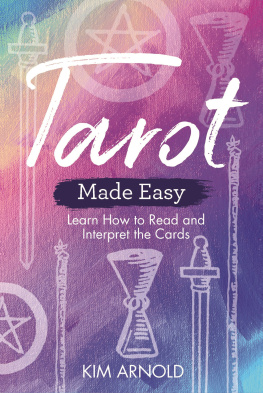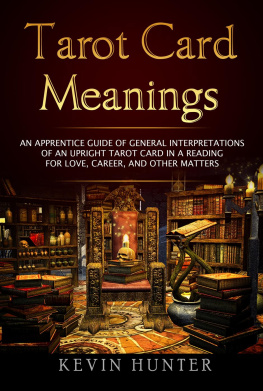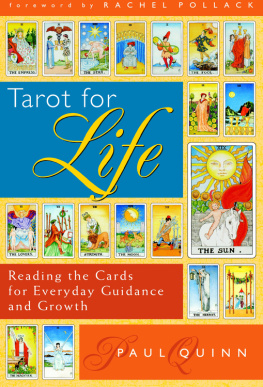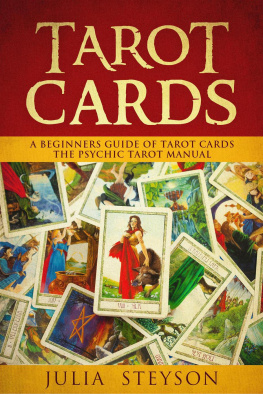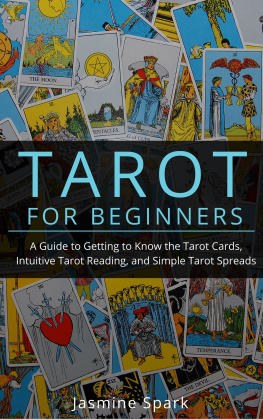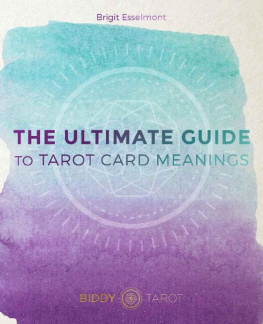ACKNOWLEDGMENTS
In its many forms and revisions, this book would not have been possible without the assistance, expertise, and support of Kay Ries, Betty and John Fairfield, Barbara and Tony Frederick, Judith Pendleton, Cherry Johnson, Francine Carroll, Candy Cruea, Ruth Hopper, Debra Clark, and all my clients and students. Thank you all!
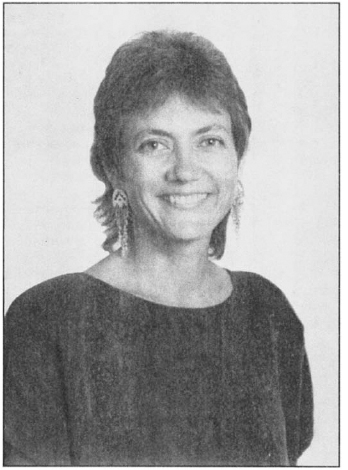
Gail Fairfield was born in China and raised in Japan by missionary parents who encouraged her to discover her own answers to life's questions. Her college studies in Psychology and Education began to give her some clues about people and philosophy; but it was while teaching grade school that she got in touch with her own best teacher - her intuition. She was intuitively drawn to the Tarot in 1973 when a friend of a friend did a few quick readings for her. Over time, using that intuition as well as her practical experience, she developed her choice centered orientation to the Tarot - and to life.
Currently, Gail works out of her office in Bloomington, Indiana, doing personal and business consultations. She also teaches classes and workshops, both locally and out of town. If you're interested in scheduling a private consultation or attending a seminar with Gail, please contact her directly:
P.O. Box 8661; Bloomington, IN 47407-8661
Phone: (812) 331-0501
email:
Web site: www.GailFairfield.com
CHOOSING A TAROT DECK
The key to the Tarot is in the symbols used on the cards. They are the triggers and catalysts for our insights into ourselves and our lives. These symbols are chosen and drawn by people who are depicting the Tarot concepts in ways that are comfortable for them. Since an author's insights are filtered through her personal system of beliefs, her work will be affected by her psychological characteristics, philosophy of life, cultural values, and experiences with the Tarot. Since the older Tarot materials reflect the truths of the Middle Ages, our experiences with the Tarot are often colored by the belief systems and values of that era.
If we want to apply the Tarot to our lives, we need to understand the basic concepts that lie beneath the symbols drawn by any given individual. Once we have uncovered these concepts, we can try on the symbols that have been used to represent them. We can decide whether the symbols chosen by a given author for a particular deck of cards are appropriate for us, in our own cultures and subcultures. Through understanding some of the kinds of symbols in use, we can more easily evaluate the Tarot materials that are available and choose the decks that work best for each of us.
HUMAN SYMBOLS
Pictures of people represent, most clearly, the values and attitudes of the people who have drawn them. The images represent somebody's view of people and human interactions. Because we are all people, the human image is perhaps the most powerful of all the symbols used in the Tarot. Whenever we see images of people of certain sizes, colors, genders, and ages, we respond to them according to our own identification with those characteristics. Some of our responses are easily identifiable; others are more subtle. Because of the complexity of our responses to the human image, it is especially important for us to be aware of the impact that these symbols have on us.
Gender As A Symbol
A traditional analysis of human interaction is that which links males with assertiveness, females with nurturing, and their union with wholeness. The union of men and women is supposed to be the ideal whole from which creativity (in the form of children) springs. When this system is being used in Tarot materials, the images of men and women and their interactions can represent very definite personality qualities and conditions. In some traditional texts, a male image on a card immediately indicates a quality of control, command, aggression, or leadership. A female image represents qualities of passivity, nurturing, submission, or receptivity. In this analysis, women who have assertive qualities are seen as going against nature A traditional text might say something like, If the querent is a woman, this card shows that she is a shrew and a troublemakerif a man, this card shows that he is strong and commanding. Men who are sensitive are seen as weak. Another text might read If the querent is a man, this card shows that he is ineffective and not respectedif a woman, this card shows that she is strong in wifely qualities. Tarot texts that narrowly attribute some qualities to men and some to women, end up alienating people who want to experience the whole range of human qualities.
In the traditional analysis, there is no way to achieve wholeness except by the union of male with female. Individuals who choose to remain independent are seen as incapable of achieving true fulfillment. Any relationships between members of the same gender are considered innately inferior. In fact, individuals who choose these options are not even represented in most Tarot materials. Our personal growth can be severely limited if we feel that our own energies are not complete or unified unless we are in a relationship with a person of the opposite sex. We each have the potential for wholeness within us. We can be whole persons who choose to interact with other whole persons, of either gender, not people who are searching for completion from outside of ourselves.
Many of us are beginning to see that the qualities of assertiveness and nurturance exist apart from the genders of male and female. The unification of the aggressive, active energy and the supportive, enfolding energy can happen within one individual, not just between individuals. Some Tarot materials are beginning to reflect the changes in our attitudes toward personality qualities and their associations with specific genders. However, many decks and books still reflect the more traditional, rigidly defined sex roles. As we work with various Tarot decks and texts, we need to be aware of the sexist and heterosexist attitudes that they reflect and reinforce. We need to recognize that sex-role stereotyping is not an integral element of a sacred teaching; it is simply the point of view of a person who designed a particular Tarot deck.
Race As A Symbol
Most Tarot decks are blatantly racist in that they confine themselves to the use of Caucasian images. The exclusion of people of other races is significant in itself and reinforces the misconception that the Tarot (which reflects the pattern of life) is only relevant to the white race. Where images of people of color are used, it is important to note what they symbolize. Often, they are supposed to symbolize our fears and pains, our guilt, our unknown depths, our uncontrollable urges, and our bondage or entrapment. For example, in some decks the only Black people are The Devil, slaves, or The Hanged Man. Most often, images of people of color are used to symbolize fearful parts of our lives.
Each individual needs to discover those fears, passions, and doubts within herself and to claim them as common to us all. White people do not have to use images of people of color to symbolize the things they fear and/or want to control within themselves. Also, we need to explore the dominant culture's assumption that white is better, lighter, brighter, and more positive. When we recognize that all people have creative energy, we do not have to use images of white people to symbolize our enlightened awareness. We need to examine the decks we use to see the ways in which racism is being perpetuated, either by the exclusion of people of color or by their inclusion in negative or violent imagery.
Next page

